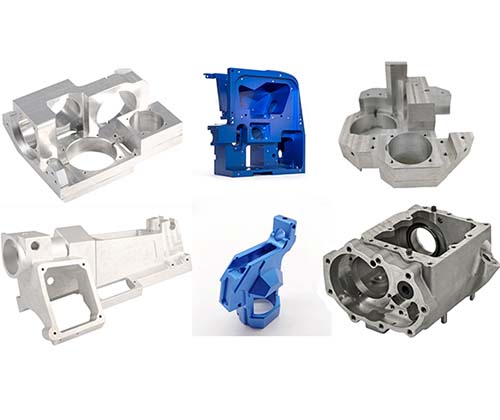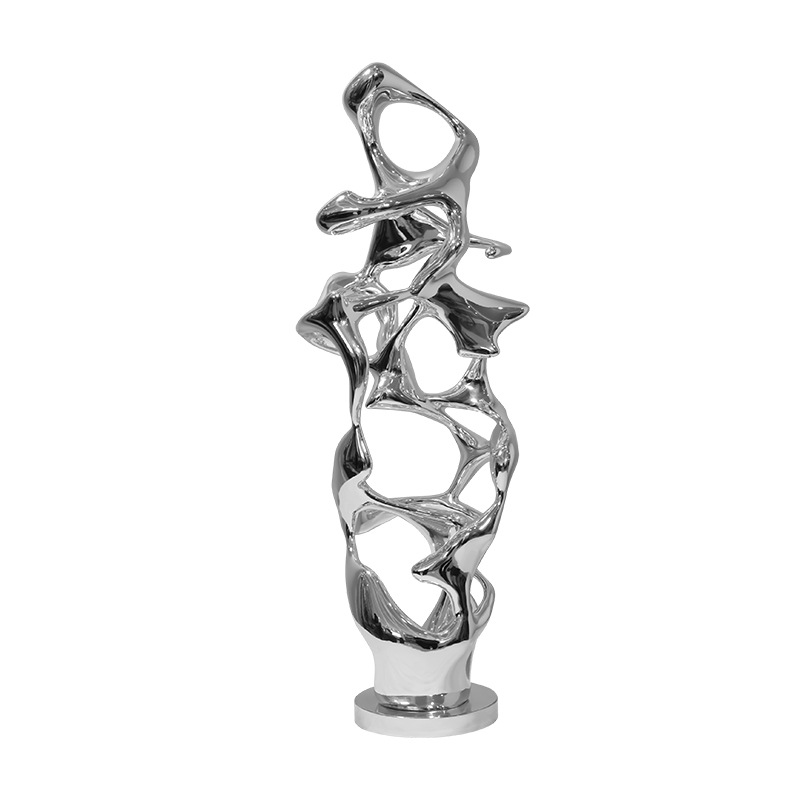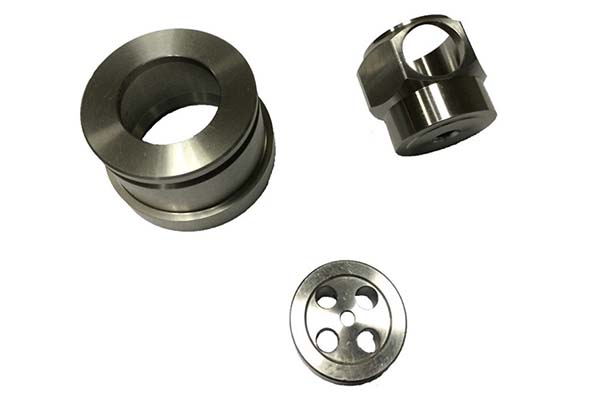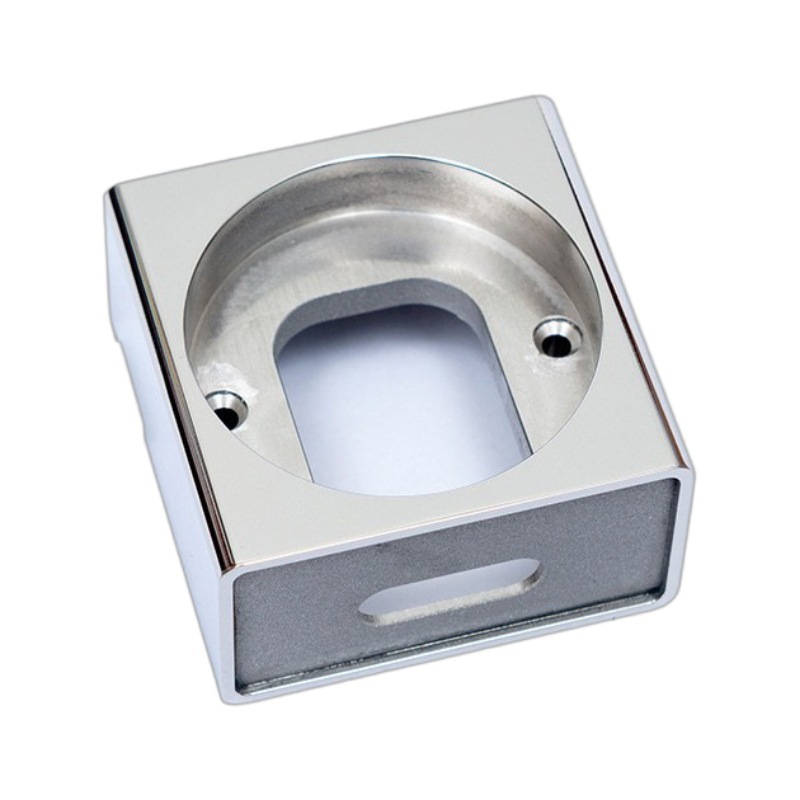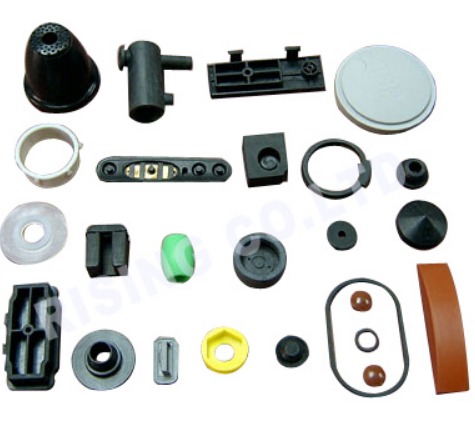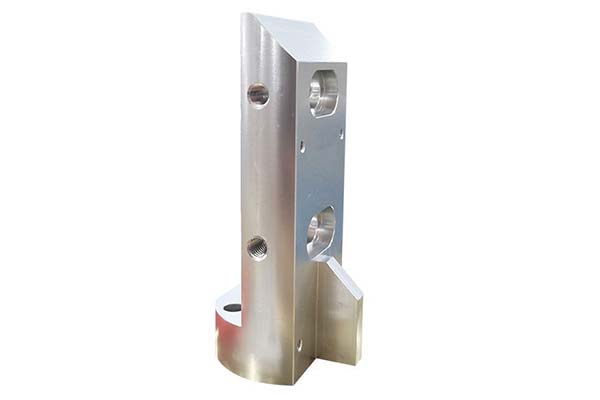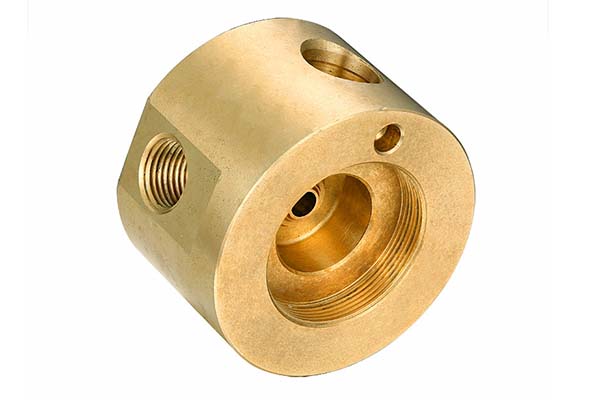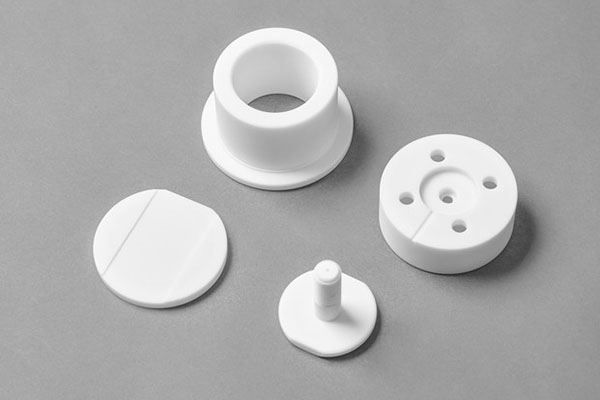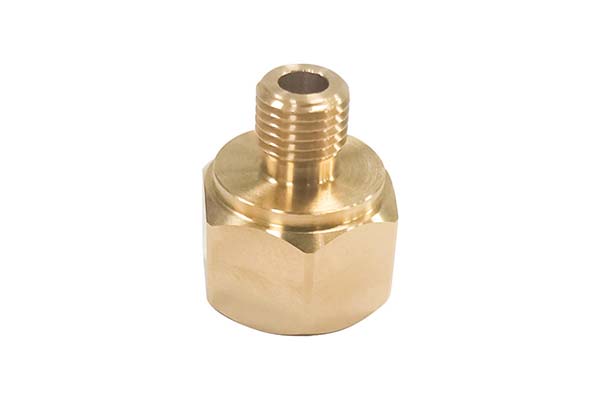4130 steel (chromoly) is a versatile low-alloy steel celebrated for its exceptional strength-to-weight ratio and weldability, but machining it presents unique challenges. Manufacturers often struggle with balancing its high tensile strength and machinability, as its chromium-molybdenum composition can cause increased tool wear compared to mild steel. Achieving tight tolerances in thin-wall components—common in aerospace and motorsport applications—is another pain point, as 4130’s rigidity makes it prone to chatter and distortion during cutting. Additionally, selecting the right heat treatment and machining parameters is critical to leverage its full mechanical potential without compromising precision. This guide addresses these challenges, providing actionable strategies to optimize CNC machining 4130 Steel for durability, accuracy, and reliability in high-stress industrial applications.
Material Characteristics & Alloy Overview
4130 steel is a chromium-molybdenum low-alloy steel engineered for superior strength, toughness, and weldability:
- 4130 chromoly composition: Contains 0.28-0.33% carbon, 0.80-1.10% chromium, 0.15-0.25% molybdenum, 0.40-0.60% manganese, and 0.15-0.30% silicon. This Cr-Mo low-alloy steel formulation enhances hardenability, tensile strength, and resistance to tempering, making it ideal for high-stress components.
- Key mechanical properties:
- Tensile strength 4130: 655-965 MPa (95,000-140,000 psi) depending on heat treatment—655 MPa in normalized state, 965 MPa after quenching and tempering.
- Yield strength 4130: 415 MPa (60,000 psi) normalized, increasing to 827 MPa (120,000 psi) when heat-treated, ensuring excellent load-bearing capacity.
- Elongation 4130: 20-25% in normalized state, providing sufficient ductility to resist fracture under dynamic loads.
- Machinability compared to 4140: Better than 4140 steel (rated 70% vs. 60% relative to 1215 steel) due to lower carbon content, but still requires sharper tools and optimized parameters to minimize wear.
- Weldability rating: Excellent, with minimal preheating required even for thick sections. Post-weld heat treatment at 600-650°C reduces residual stresses, critical for structural integrity in aerospace components.
- Normalized vs annealed 4130: Normalized (870°C air cool) offers higher strength (655 MPa tensile) and uniform grain structure, while annealed (845°C slow cool) provides softer hardness (170-210 HB) for easier machining, ideal for complex parts.
These characteristics make 4130 steel the material of choice for lightweight, high-strength components in aerospace, motorsport, and industrial machinery.
CNC Machining Parameters & Techniques
Optimal Parameters for Precision and Efficiency
- Cutting speed 4130 steel:
- Milling: 100-150 m/min with carbide inserts; 60-90 m/min with high-speed steel (HSS) tools. Adjust downward by 10-15% for heat-treated 4130 (30+ HRC).
- Turning: 120-180 m/min for roughing (carbide); 80-120 m/min for finishing to achieve Ra 1.6-3.2 μm surface roughness.
- Feed rate chromoly:
- Milling: 0.10-0.20 mm/tooth for carbide endmills; 0.05-0.15 mm/tooth for HSS tools. Light feeds (0.08-0.12 mm/tooth) reduce chatter in thin-wall parts.
- Turning: 0.15-0.30 mm/rev for roughing; 0.08-0.15 mm/rev for finishing, balancing material removal and surface quality.
- Carbide insert grades 4130: ISO P30-P40 grades (e.g., CCGT 09T304) with TiAlN coatings offer optimal wear resistance. Fine-grain carbide (0.8-1.2 μm) handles interrupted cuts better in welded assemblies.
- Trochoidal milling 4130: Reduces tool engagement time by 40% compared to conventional milling, minimizing heat buildup and extending tool life—critical for deep cavity machining in hydraulic manifolds.
- Coolant strategy low-alloy steel: High-pressure flood cooling (50-70 bar) with synthetic coolant (8-10% concentration) improves chip evacuation and reduces tool wear by 25-30% in heavy cuts.
- Chatter avoidance thin-wall 4130: Use rigid toolholders (shrink-fit or hydraulic) with tool overhang ≤3× diameter. Variable helix endmills and low radial engagement (10-20% of tool diameter) further dampen vibrations.
Heat Treatment & Stress Relief
Processes to Enhance Mechanical Properties
- Normalizing 4130 steel: Heat to 870°C, hold 1 hour per 25 mm thickness, air cool. Produces uniform tensile strength (655 MPa) and hardness (180-220 HB), ideal for structural components requiring consistent performance.
- Quench and temper 4130: Heat to 845°C, quench in oil, then temper at 200-650°C. Achieves hardness of 25-45 HRC: 40-45 HRC for maximum strength (e.g., motorsport roll cages); 25-30 HRC for high-toughness applications (e.g., aircraft tubing).
- Stress relieving temperature: 600-650°C for 1-2 hours, air cool. Reduces residual stresses from welding or machining by 50-70%, preventing distortion in precision parts like drone chassis.
- Distortion control heat treatment: Slow heating/cooling rates (≤100°C/hour) and uniform quenching minimize warpage. For complex geometries, post-heat treatment machining allowances of 0.1-0.2 mm ensure final tolerances are met.
- Pre-machining heat treatment: Annealing (845°C slow cool) softens 4130 to 170-210 HB, improving machinability by 20-30% compared to as-rolled material, especially beneficial for intricate parts with tight tolerances.
Tooling & Coating Solutions
Selecting Tools for Optimal Performance
- Coated carbide inserts 4130: TiAlN or AlTiN coatings reduce friction and extend tool life by 30-40% compared to uncoated inserts. PVD coatings (2-5 μm thick) maintain sharp edges, critical for finishing operations.
- Variable helix endmills 4130: Reduce chatter by disrupting harmonic vibrations, improving surface finish in thin-wall milling by 2-3 Ra grades (e.g., from Ra 3.2 to Ra 1.6 μm).
- High-feed milling cutters: Enable high material removal rates (up to 500 cm³/min) with shallow depths of cut (0.5-1 mm), ideal for roughing large 4130 steel blocks efficiently.
- Coolant-through tooling: Delivers high-pressure coolant directly to the cutting zone, reducing heat and improving chip evacuation in deep holes—essential for hydraulic manifold machining.
- Insert geometry for Cr-Mo steel: Positive rake angles (5-10°) reduce cutting forces, while honed edges (0.02-0.05 mm) prevent edge chipping in interrupted cuts, common in welded 4130 assemblies.
Surface Finish & Post-Machining
Achieving Precision and Quality
- Surface roughness 4130 CNC: Annealed 4130 achieves Ra 1.6-3.2 μm with carbide tools; heat-treated material requires grinding to reach Ra 0.8-1.6 μm for bearing surfaces.
- Ra target turning 4130: Ra 1.6 μm for general components, Ra 0.8 μm for sealing surfaces, and Ra 0.4 μm for precision aerospace parts (e.g., fuel system components).
- Grinding chromoly steel: Uses vitrified aluminum oxide wheels (80-120 grit) for rough grinding, 180-240 grit for finishing. CBN wheels are cost-effective for high-volume production, achieving Ra 0.4 μm with minimal wheel wear.
- Polishing 4130 tubes: Follows grinding for decorative or high-precision applications, using 1200-2000 grit sandpaper to reach Ra ≤0.025 μm, though this adds production time and cost.
- Chatter marks removal: Light finishing passes (0.1-0.2 mm depth) with sharp carbide inserts or subsequent grinding eliminate chatter marks, critical for fatigue resistance in high-stress components.
Applications & Industry Case Studies
4130 steel excels in high-strength, lightweight applications across industries:
- 4130 aircraft tubing CNC: Used in hydraulic and fuel lines, with CNC bending and machining achieving tight tolerances (±0.05 mm) for leak-free connections. A case study showed 4130 tubing withstanding 10,000+ pressure cycles (3000 psi) without failure, outperforming aluminum tubing in durability.
- Bicycle chromoly frames: CNC machined lugs and tubes leverage 4130’s strength (655 MPa tensile) and weldability, producing frames 15-20% lighter than mild steel equivalents with superior impact resistance.
- Motorsport roll cages: Heat-treated to 40-45 HRC, 4130 roll cages meet FIA safety standards, absorbing crash energy while maintaining structural integrity—critical for driver protection.
- Hydraulic manifolds 4130: CNC milled with precision ports (±0.01 mm) and Ra 1.6 μm surface finish, ensuring leak-free operation in high-pressure systems (up to 3000 psi).
- Drone chassis 4130 case study: Thin-wall (1-2 mm) drone chassis machined from 4130 steel weigh 30% less than aluminum equivalents while offering 50% higher torsional rigidity, improving flight stability in harsh environments.
Yigu Technology’s Perspective
At Yigu Technology, we specialize in CNC machining 4130 Steel for aerospace, motorsport, and industrial clients. Our data shows AlTiN-coated carbide inserts reduce tool wear by 35% when machining annealed 4130 at 120-150 m/min. For thin-wall parts (≤3 mm thickness), we use variable helix endmills and rigid toolholders to achieve ±0.01 mm tolerances with minimal chatter. We recommend stress relieving after welding to prevent distortion, followed by finish machining to meet final specifications. Our 5-axis machining centers handle complex geometries like aerospace bulkheads, leveraging 4130’s strength while maintaining precision. With ISO 9001 and AS9100 certifications, we deliver 4130 components that balance high strength, lightweight design, and cost-effectiveness for critical applications.
FAQ
- What makes 4130 steel ideal for high-strength applications?
4130 steel combines high tensile strength (655-965 MPa) and yield strength (415-827 MPa) with good ductility, offering an exceptional strength-to-weight ratio. Its Cr-Mo low-alloy composition enhances hardenability, allowing customization of properties (25-45 HRC) for diverse applications from aircraft tubing to roll cages.
- What CNC machining parameters work best for 4130 steel?
Use cutting speeds of 100-150 m/min (carbide) for milling and 120-180 m/min for turning annealed 4130. Feed rates of 0.10-0.20 mm/tooth (milling) and 0.15-0.30 mm/rev (turning) balance efficiency and surface quality. For heat-treated 4130, reduce speeds by 10-15% and use TiAlN-coated inserts to minimize wear.
- How does heat treatment affect 4130 steel’s machinability?
Annealed 4130 (170-210 HB) offers the best machinability, while quench and temper increases hardness (25-45 HRC), reducing machinability by 20-30%. We recommend machining 4130 in its annealed state when possible, with post-heat treatment grinding for hardened components to maintain precision.
